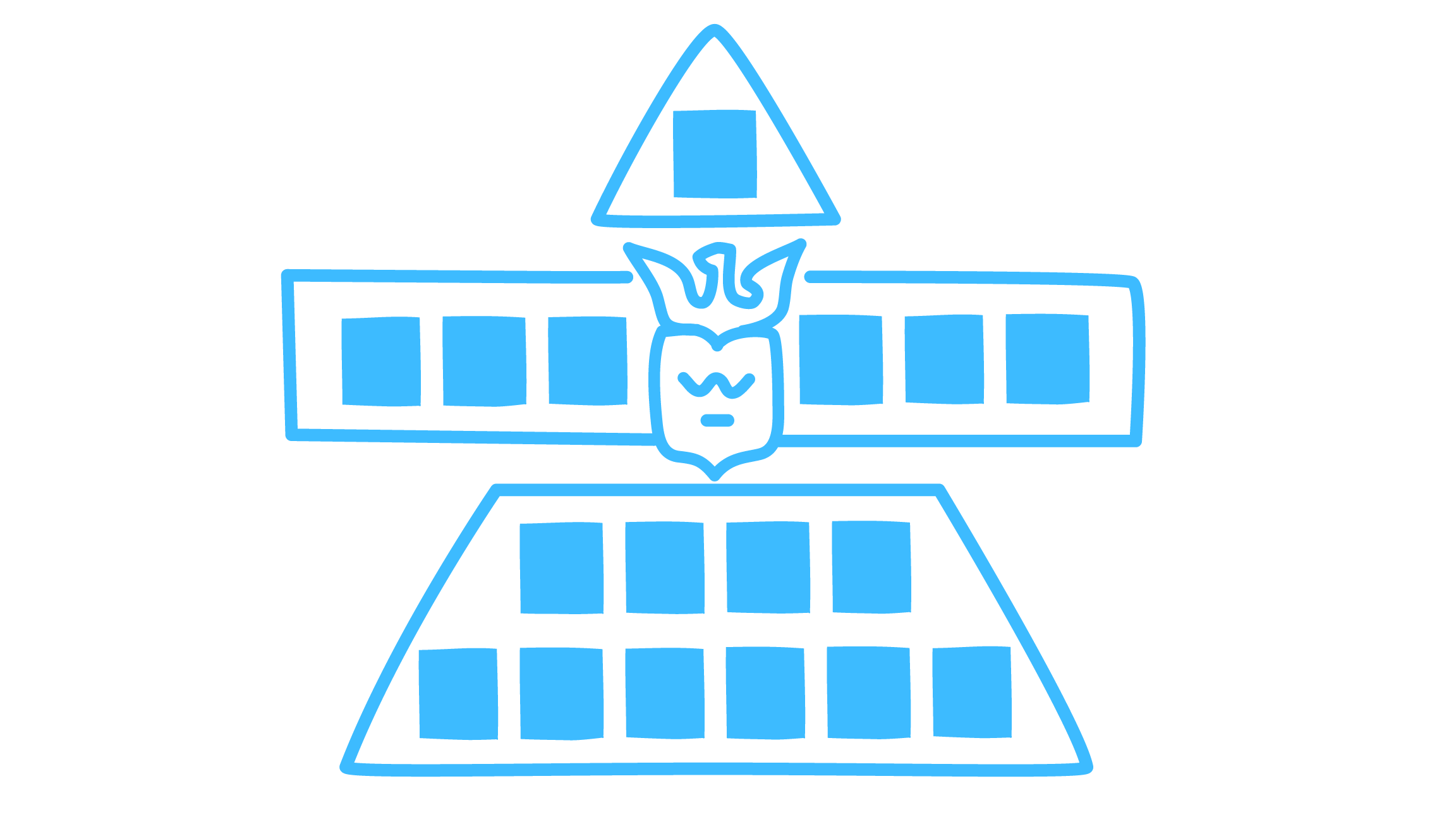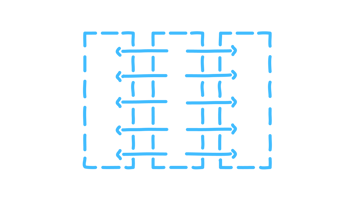Large organizations risk developing organizational high nobility, i.e. a rather detached layer of senior management close to the organization’s top management. The organizations that give rise to such an upper class are typically characterized by some, if not all, of the following traits.
In nobility-prone organizations, hierarchy carries a lot of meaning
Hierarchy is materialized in behaviors, social relations, and spatial arrangements. Social distance is enacted in interactions. It’s noted when the senior guy is present, and it’s also noted when he is not. Nobility-prone organizations attach a relatively high importance to rank as opposed to role. They typically make recruitment into the higher echelons an arduous, protracted, and formalized process. This process is itself a precondition for the ensuing detachment, as is the near-impossibility of dropping out.
The nobility often displays a particular class consciousness and social cohesion, further supported by shared privileges, preserved decision-making powers, access to information, and peer-to-peer etiquette. There is a set of largely informal rules in these organizations, many of them no-go’s, such as a strict chain-of-command approach, which prohibits meaningful interactions diagonally across the org and only allows “rook move communication”: up, down, or laterally. Nobility comes with a set of ornamental titles, which often combine rank nouns, such as “officer”, “director”, or “president”, with adjectives, such as “chief”, “senior”, “executive”, “managing”, etc. Nobility members, by their very rank, are often heavyweights when it comes to organizational processes and decision-making mechanisms, many of them related to HR, the most important being, of course, selection of peers.
Noblesse oblige, yesterday’s merit, and solving non-standard problems
What’s wrong with harnessing such a distinguished upper class within the organization? One can argue that it makes good sense to put privilege and power in the hands of those with the best track records, and that being selected to join the ranks of the leadership should be a formal, rational process that establishes one’s track record. While such nobility may come across as a bit old-fashioned, its proponents (and members) might argue that it’s still an important element in large-org management development.
While we at Management Kits are less euphoric than others when it comes to proclaiming the end of all hierarchies (based on our reading of related research and our practical experience in this field), we in fact do believe (and have observed numerous times) that a static organizational structure stifles adaptability and management innovation. Strong nobilities of the kind described above, by their very nature hamper the free flow of information and cross-organizational collaboration based on capabilities and functional requirements. Large hierarchical distances breed mistrust between levels and make informal exchanges less likely and more cumbersome. Leadership behavior at the top tends to be replicated at lower levels, therefore scaling the issue across the org: everybody needs to be the boss of somebody. The formal structure gets in the way of what makes best sense. The hierarchy plays out for hierarchy’s sake.
Alas, static, strongly hierarchical organizational structures were made for a world of projectable strategies and exploitation-based business models (as opposed to explorative moves into the unknown). Incumbent organizations facing disruptive competition, however, have to solve non-standard problems – such as how to innovate on par with the market – under conditions of extreme uncertainty. A merit system based on the belief that you know what you are about and what made and makes you successful is not that helpful in such a context.
How to deal with it? It’s organizational design!
If you’re facing organizational high nobility, you can either learn to get along with it or try to change it.
One way to get along is to work with what I call “organizational prostheses”. One prosthesis takes the form of consulting teams, which shadow the org structure of the client in a reduced and more functional set-up – at least when it comes to joint problem solving and free flow of data and information between junior consultants engaging at lower levels of the org and nobility-facing seniors. (One could argue that one of the hidden key capabilities of successful service firms lies in making up for the organizational deficiencies of the client rather than providing superior subject matter expertise, but that’s a different kettle of fish.) Other ways to shortcut the chain of command include parallel project structures or cross-cutting the chain of command. In project structures, organizational gravity plays less of a role.
Such makeshift adjustments are costly and do not solve the fundamental issues. The emergence of organizational nobilities is the result of organizational design decisions, and these decisions can be changed.
-
The key structural point here is to consider the importance of rank vs. role and focus restructuring and de-layering efforts on the latter.
-
Focus on jobs to be done, key activities, and competencies, as well as relevant experiences, as opposed to past achievements and formal ranking decisions.
-
Stop loading ranks with titles, privileges, and resources that are detached from specific roles.
Shaping the pyramid is not only about the number of layers. It is also about how layers are configured and integrated with the rest of the organization, how they play out, and whether you create a dysfunctional nobility at the top of middle management. Beyond such structural measures, consider the processes and criteria by which an organization makes people decisions (e.g. how strong are a person’s leadership qualities if all formal authority is taken away?). And finally, remove obstacles to the development of the informal organization, such as social networks beyond the formal org chart.



